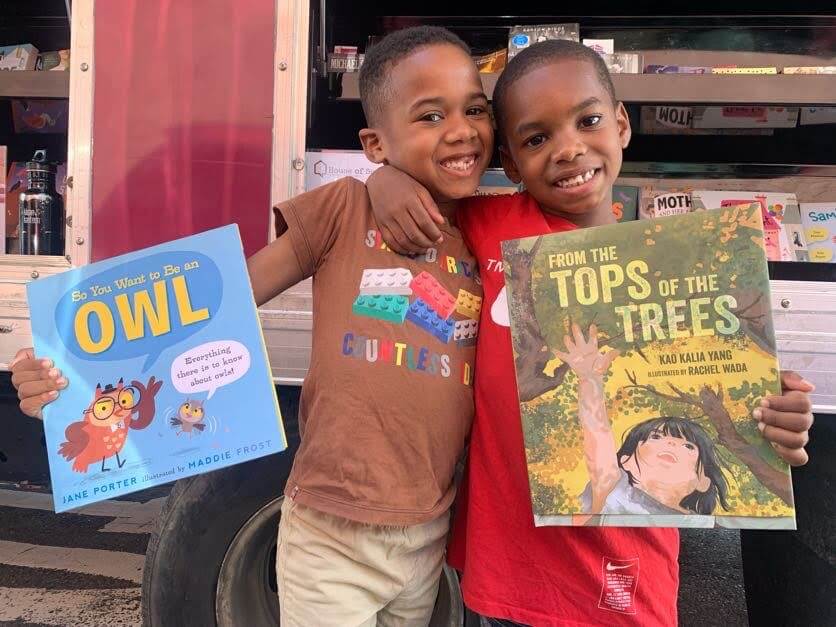Being a collection of disordered thoughts on new writing from the last year or so.
There were lots of books about books. I enjoyed Rebecca Mead‘s My Life in Middlemarch (Crown Publishing, 2014) and Joanna Rakoff‘s My Salinger Year (Knopf, 2014), which both fused literary criticism and autobiography into what Joyce Carol Oates called, reviewing Mead, “bibliomemoirs.” “The book was reading me, as I was reading it,” wrote Mead of Middlemarch, locating George Eliot’s greatness in her broad imaginative sympathies. Mead’s is a lovely book, mixing biographical detail about Eliot with an introspective analysis of how her work might be read and re-read on the journey through life (review here). Rakoff’s book, meanwhile, is more straightforwardly autobiographical, recounting the author’s first job in publishing, in which she became a sort of gatekeeper for J.D. Salinger. Until then, she’d not read him (“I was not interested in hyper-articulate seven-year-olds who quoted from the Bhagavad Gita”); but before long, she’s hooked.
After a century of literary modernism, its central characters continue to haunt the pages of new work. Kevin Jackson‘s Constellation of Genius: 1922 – Modernism Year One (Farrar, Straus and Giroux, 2013) is novelly conceived, taking 1922 day by day, dropping in and out of the lives of Joyce, Proust, Picasso, Stravinsky, and many other towering figures of the age. Worth it for the detail alone, including the rumoured conversation between Proust and Joyce on their only interpersonal encounter (“I have never read your works, Mr Joyce”). Nine more things you might learn from Jackson here. Shortly after came Kevin Birmingham with The Most Dangerous Book: The Battle for James Joyce’s Ulysses (The Penguin Press, 2014). In this fascinating book, Birmingham makes a highly convincing case for placing Ulysses at the center of the story of the troubled relationship between art and the law. He also tells a cracking story, weaving anarchists, tortured geniuses, and the international vice squad into the tale of one man and his masterpiece.
Feminism seemed to be in the process of reinscription in 2014. In September Emma Watson spoke eloquently at the United Nations about gender equality and the need to reclaim the very word “feminism” from those who associate it with misandry. Laura Bates collected her thoughts and conclusions from two years of the Everyday Sexism Project in a startling first book. Caitlin Moran published How To Build A Girl (Harper, 2014), a sort of fictional companion piece to her earlier How To Be A Woman (Harper Perennial, 2012), and continued to rule the Twittersphere. Beyoncé got in on the action at the VMAs, beaming the word FEMINIST across America in six-foot-tall capitals. Diane Keaton published the second volume of her memoirs, a touching and witty exploration of beauty and motherhood called Let’s Just Say It Wasn’t Pretty (Random House, 2014). And I particularly enjoyed Roxane Gay‘s energizing Bad Feminist (Harper Perennial, 2014), which made me laugh out loud walking down the street (review).
Suffering from chronic fear-of-missing-out, I finally dived headlong into Karl Ove Knausgaard‘s six-volume My Struggle (Farrar, Straus and Giroux; Book 1, 2012; Book 2, 2013; Book 3, 2014), which may or may not accurately be called a publishing phenomenon (cf. Tim Parks in the New York Review of Books). People are describing it as Proustian but really I think a whole new adjective is called for. I was reading Book 1 around the time Boyhood came out at the cinema, and started making idle notes in relation to both about “the transcendence of the banal.” Knausgaard in print and Richard Linklater on film have succeeded in transmuting the inconsequential into something meaningful, even profound. The shambling arc of Boyhood was given special resonance by the astounding formal experiment at the film’s heart: its having been filmed with the same cast over the course of twelve years. Linklater’s film also shared with Knausgaard’s writing a piercing clarity on the subject of what used to be called “the crisis of masculinity.” Meanwhile, the confessional Karl Ove (or “Karl Ove”?) is surely set to become one of the great characters in world literature. His musings — petty, grand, philosophical, banal, cruel, loving — are the extraordinary propulsive force in his meandering, almost entirely uneventful epic. Like Zadie Smith, I need the next volume “like crack.”
A solid showing from fiction elsewhere in 2014 too. There Must Be Some Mistake by Frederick Barthelme (Little, Brown, 2014) was funny and fun and wise and postmodern-without-the-agenda and timely and all that jazz. Wallace Webster’s very much a hero for now, an ambitionless retiree watching box sets of Scandinavian crime dramas and casually pursuing romance. In the background are a series of suspicious deaths and weird happenings in the condoparadise of Forgetful Bay, TX, where he lives. Hugely enjoyable. Joshua Ferris‘s third novel, To Rise Again At A Decent Hour (Little, Brown, 2014), which became one of the first American books nominated for the Man Booker Prize, was very entertaining too. A sharp take on the challenges of spirituality in the digital age, it’s also the comic tale of a dentist caught up in a pseudo-religious conspiracy (review). Back in May, the House of SpeakEasy welcomed David Gilbert to the City Winery stage, and his novel & Sons (Random House, 2013), which explores the life and death of a reclusive literary novelist, was also a highlight (review).
It was an excellent year for general nonfiction. In April, our executive director, Amanda Vaill, published Hotel Florida: Truth, Love, and Death in the Spanish Civil War (Farrar, Straus and Giroux, 2014). A superb, wide-ranging history of the conflict focusing on key figures including the photographer Robert Capa and Ernest Hemingway, it was later listed as one of the New York Times‘ notable books of 2014 (review). The House of SpeakEasy also hosted Simon Winchester, whose rhapsodic The Men Who United the States (Harper, 2013) was hugely pleasurable (review), and Tom Reiss, who won the Pulitzer for his excellent biographical study of Alexandre Dumas’ soldier father and “the real Count of Monte Cristo” in The Black Count (Crown, 2012) (review). Perhaps my favorite book of the year, though, was Philip Hoare‘s follow-up to The Whale, The Sea Inside (Melville House, 2014), a strange and intense work of natural history, philosophy, biography and literary criticism. His style recalls influences as disparate as Iris Murdoch, J.G. Ballard and even Melville himself; his self-effacing romance with the ocean is gripping (review).
As for the award for best nonfiction that wasn’t actually a book? OK, yes, the Serial podcast was pretty great. I’m in the minority that finds Sarah Koenig‘s smart-casual style somewhat affected, a little disingenuous, and at times plain irritating. But advertently or not, Serial has helped to focus any number of questions and issues currently buzzing round the US legal system and the entertainment-industrial complex. What is the nature of reasonable doubt? How do race and the law interact in today’s society? Is it OK to replay personal tragedy as mass entertainment? The podcast has finished but the debate continues, with the recent publication of interviews with Jay Wilds, the key witness for the prosecution of Adnan Syed in the murder of Hae Min Lee, on The Intercept. Roll on, Season 2…
Keep following us on Twitter and Facebook as we inaugurate another Seriously Entertaining year on January 28 at City Winery with our gala show!






